This guide explores how to assess diamonds grades according to the industry standards in cut, color, clarity and carat.
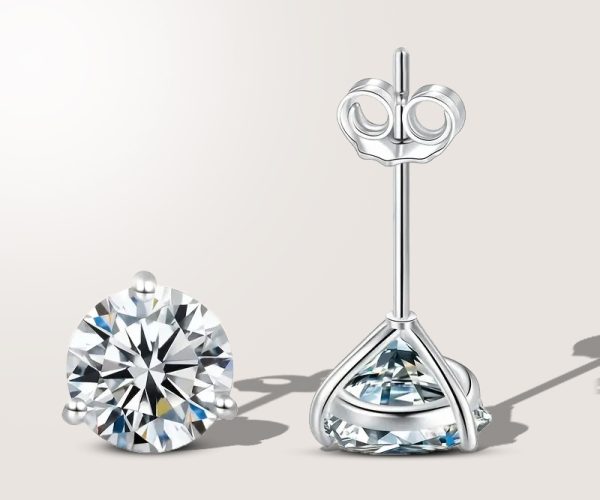
In 2021, we started the Celino Jewelry Foundation* to further the impact we’ve made from the very beginning. Since then, we’ve donated $2 million to our Foundation to improve our communities — from the areas where our diamonds, gems, and precious materials are mined to the communities where our teams and customers live.
*The Celino Jewelry Foundation is a corporate advised fund with Silicon Valley Community Foundation.
From the day we were founded in 2005, we’ve set out to revolutionize the diamond industry. So, we pioneered a new standard with Beyond Conflict Free™ Diamonds that surpasses the Kimberley Process to provide our customers with truly ethical, sustainable, and stunning diamonds. We are committed to continually transforming the industry for good: we know where our diamonds come from and share that information with you — so you can feel good about the jewelry you’re wearing.

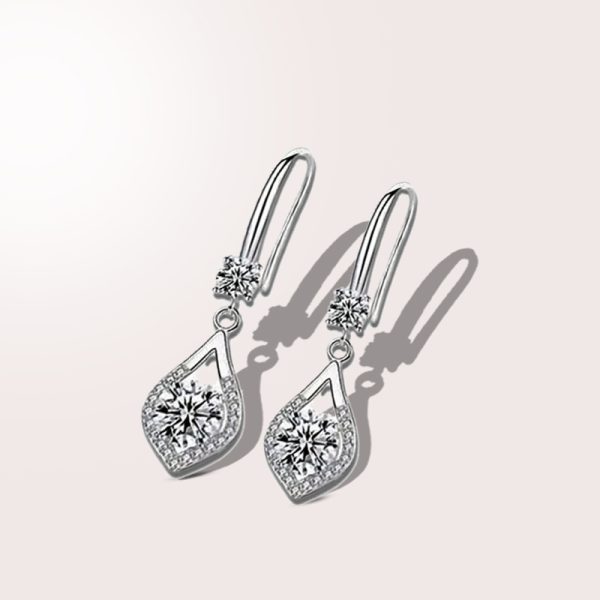
Natural diamonds form deep within the Earth under extreme conditions of heat and pressure. They are comprised of nearly 99.95% carbon, with the other 0.05% reflecting trace elements that aren’t part of their essential chemistry — making diamond the only gemstone constructed of a single element. They are the hardest naturally occurring material found on Earth and one of the most sought-after.
Lab diamonds are optically, chemically, and physically the same as natural diamonds. In other words, they look, feel, and are identical. Their difference lies only in their origins — natural diamonds form within the Earth, and lab diamonds are grown by professionals with specialized equipment. Another difference relates to cost; as lab grown diamonds are less rare than natural diamonds, they often come at a much more accessible price.
If you’re wondering what to look for in a diamond, the best place to begin is by understanding the 4 C’s: cut, color, clarity, and carat. Created by the Gemological Institute of America (GIA) in the 1940s, the 4 C’s act as a universal scale to describe and determine the quality of diamonds.
Cut is the proportion and arrangement of facets that determine a diamond’s brilliance, sparkle, and fire. The scale ranges from Excellent to Poor.


Color references the absence of color within a diamond. The scale ranges from D (colorless) to Z. Diamonds outside this range are considered ‘fancy colored.’
Clarity references the absence of internal inclusions and surface blemishes on a diamond. The scale ranges from Internally Flawless to Included.
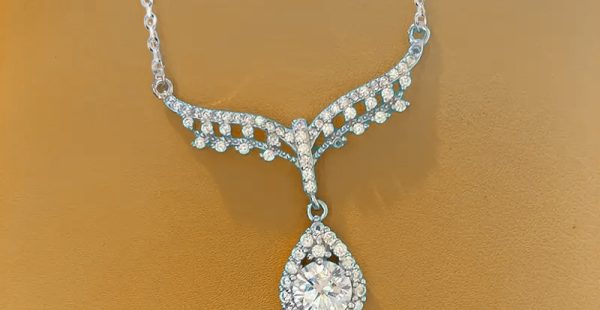
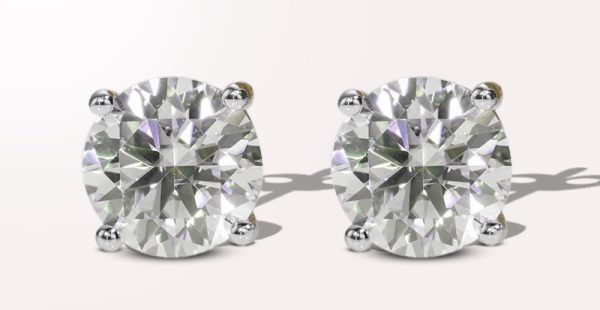
Carat is a measurement unit that describes a diamond’s weight, not its size. One carat is roughly the weight of a paperclip.
Many diamonds, including all Celino Jewelry diamonds, are certified by independent institutions such as the Gemological Institute of America (GIA), the International Gemological Institute (IGI), HRD Antwerp, and the Gem Certification & Assurance Lab (GCAL). To grade a diamond, trained professionals use specialized equipment to assess cut, color, clarity, and carat. They may also plot a diagram of its clarity characteristics and graphic representation of its proportions. Certifications may also include notes on symmetry, polish, fluorescence, shape, or measurements.
Certifications are essential as they detail not only the quality characteristics of your stone but also its authenticity. During the certification process, most diamonds are laser inscribed with a unique number that correlates to the number on its certification — meaning that, under magnification, you’ll always be able to visually confirm that the diamond you have is the same one that was certified. We digitally deliver to customers with their purchase. Providing digital certifications in lieu of paper certifications decreases our paper use, the size of our packaging, and our shipping emissions, therefore reducing our carbon footprint.
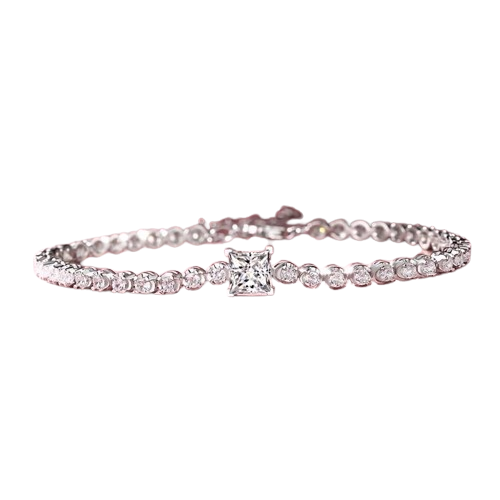
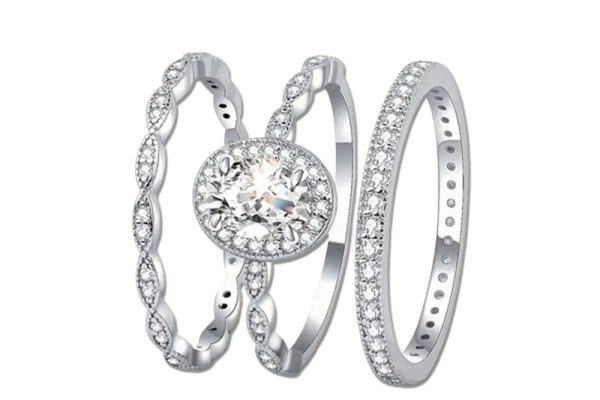
Shape refers to the external appearance of a diamond’s outline. It is distinct from cut, which refers to a diamond’s internal facet arrangement. The most popular shape is round, and any other shape (such as emerald, marquise, or oval) is considered a ‘fancy shape.’
Diamond is the hardest naturally occurring mineral found on Earth. It is so hard that it ranks at the highest hardness level (a 10) on the Mohs scale, a rating system developed in 1822. The hardness of a diamond signifies its resistance to scratching — and it’s true that only a diamond can scratch a diamond. Therefore, diamonds are ideal for everyday wear, making them perfect as center stones in jewelry as well as engagement rings.
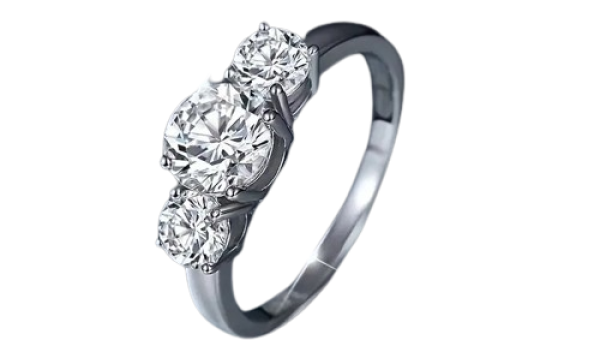
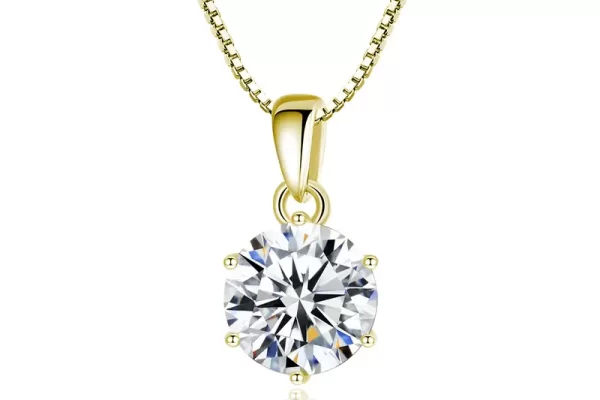
Diamond fluorescence refers to the effect that ultraviolet (UV) light has on a diamond. It is graded on the intensity of the diamond’s reaction to long-wave UV, which is an integral part of daylight. Fluorescence may cause diamonds to emit a blue or yellow glow under UV light, but it does not have a noticeable effect on diamond appearance under regular lighting, nor does it affect the structural integrity of the stone.
Diamond price varies greatly depending on rarity and quality. Diamonds with higher grades in cut, color, or clarity, or diamonds with a larger carat weight, are rarer and therefore more expensive than those with lower grades or carat weights. Lab grown diamonds are less rare than natural diamonds found in the Earth and are therefore less expensive.

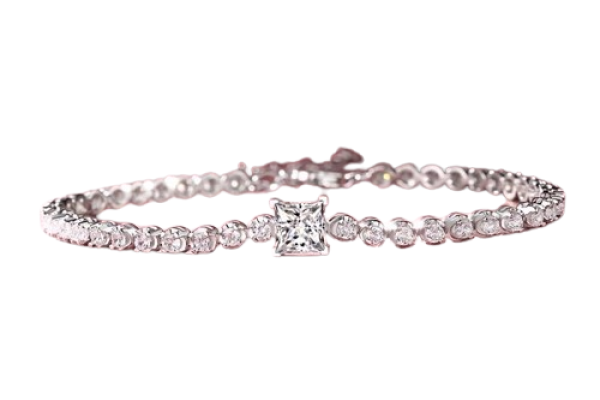
Diamonds are graded on a scale developed by the Gemological Institute of America (GIA) that analyzes cut, color, clarity, and carat. These 4 C’s are universally acknowledged as the accepted standard in describing and determining the quality of any diamond.
When deciding on your dream diamond, it’s essential to do the following:
1. Study up on the 4 C’s. To find the best diamond for you, learn to balance the 4 C’s with your budget. If you’re looking for a high-carat stone, you may have to sacrifice cut, color, or clarity to keep it affordable. Or vice versa, if you’re looking for a colorless stone, you may have to sacrifice carat, cut, or clarity. And remember, no two diamonds are identical, and there’s no right answer to how a diamond should look.
2. Pick your favorite shape. While round brilliant diamonds are the most popular, remember that there are many other shapes to choose from. Here at Celino Jewelry, we offer eight shapes in addition to round: oval, cushion, princess, radiant, emerald, marquise, pear, and asscher.
3. Make sure that it’s certified. Your diamond must come with a digital or physical certification from an independent institution such as GIA, IGI, HRD, or GCAL to prove its authenticity and quality. All Celino Jewelry diamonds are certified, and any other diamond you’re considering purchasing should be, too.
At Celino Jewelry, we’re proud to offer our customers an incredible assortment of sustainable and ethical diamonds — in all shapes and sizes — so we suggest using our filters to navigate our diamond searches best. Once you’ve determined the shape and 4 C’s you’re hoping for, filter away to narrow it down to the perfect piece.
Our experts are also available 24/7 via chat, phone, text, and email to assist with questions big and small. If you’re interested in viewing diamonds in person, schedule an appointment and come see us.
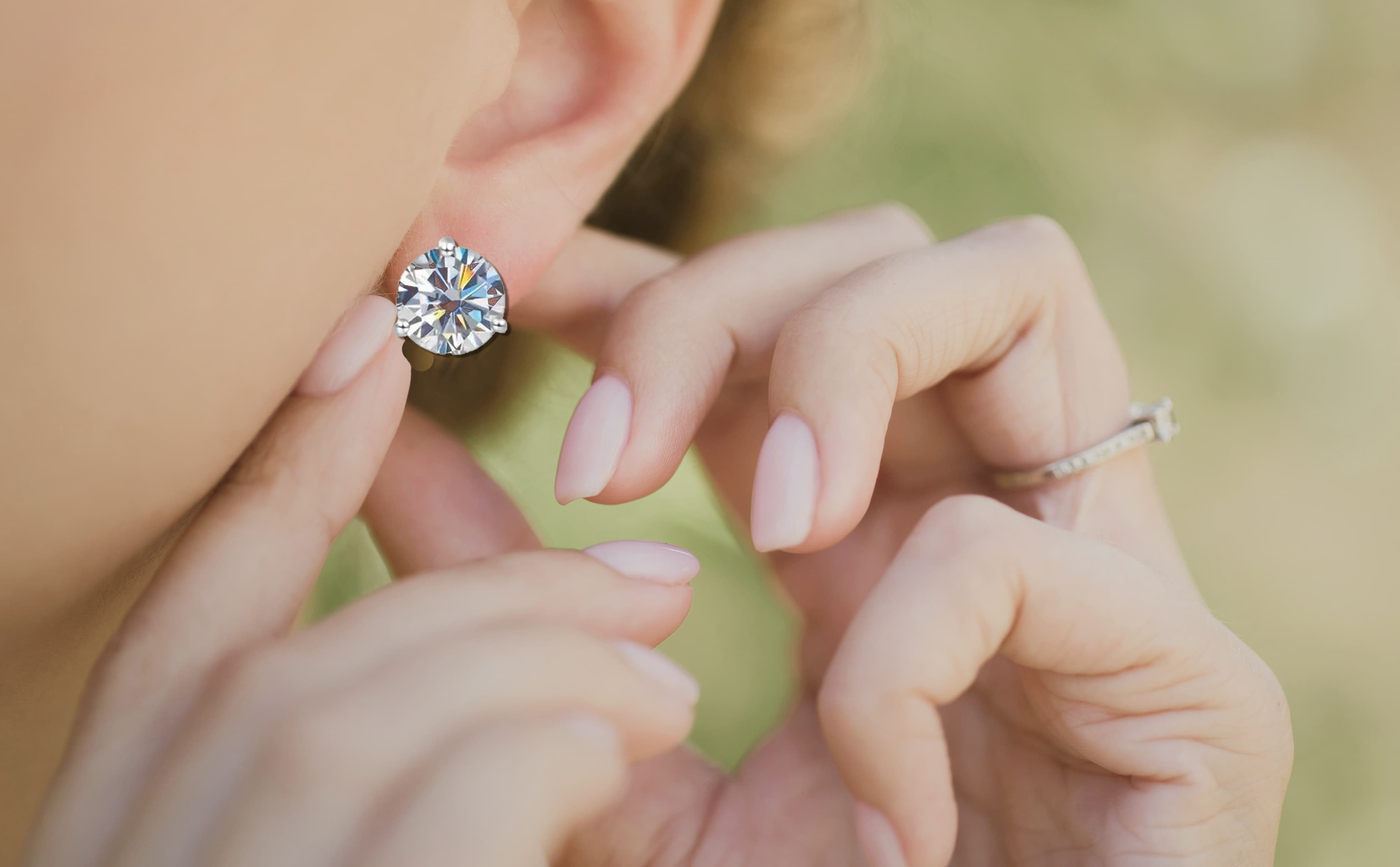
1. The word diamond derives from the Greek “adamas,” which means invincible or indestructible.
2. The Cullinan Heritage Diamond is an egg-sized stone and the biggest diamond ever discovered in a rough, uncut form. Originally weighing 3,106 carats, it was eventually cut into nine stones, including a 530 carat and a 317 carat. Both are now part of the Crown Jewels in the United Kingdom.
3. The first known engagement ring is from 1477, when Archduke Maximillian of Austria proposed to Mary of Burgundy with a gold ring featuring an M spelled in diamonds.
4. The world’s rarest diamonds are natural diamonds of a red or orange color.
5. The Hope Diamond, a 44.52-carat blue diamond, is the largest of its kind and is said to be cursed. Originally 115 carats and of Indian origin, it was stolen by a merchant who recut it after taking it from the eye of a Hindu statue, incurring the wrath of the priests who then allegedly cursed it.
6. Scientists have discovered a star fifty light years from Earth that’s comprised of a ten billion-trillion-trillion-carat diamond. They named it Lucy (fitting, as it’s in the sky with diamonds).

Blockchain keeps track of every step in a diamond’s journey – from mining company to market to the moment it reaches you. It provides an enduring digital record of where your diamond comes from and how it was sourced.
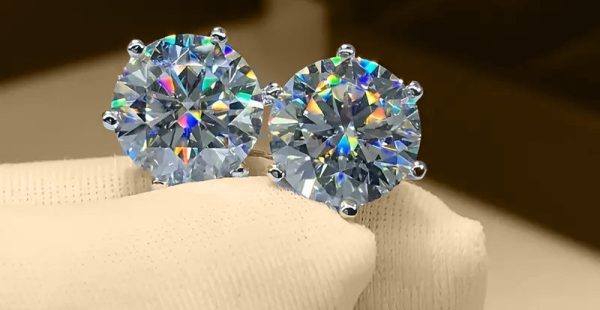
Truly Brilliant™ is a premium collection of expertly curated diamonds chosen for their balance of traceability, sustainability, cut, color, and clarity in various carat weights.